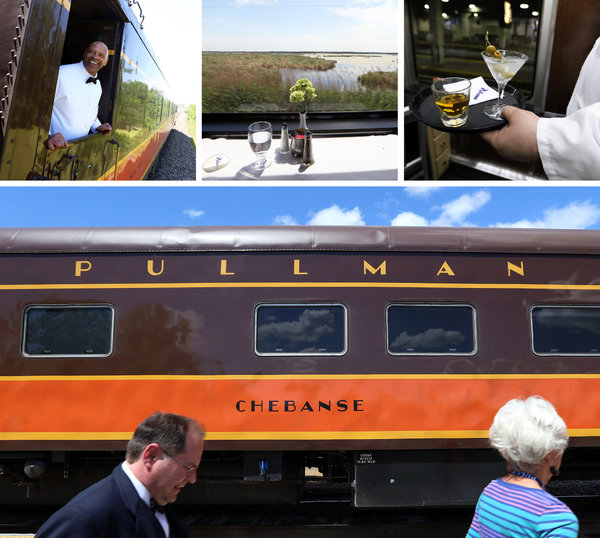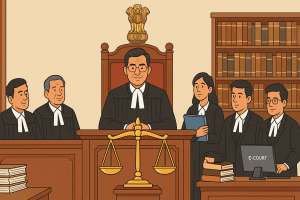The Decline of Air Travel: From Luxury to Overpriced Cattle Carriages

By Laura Hollis
The 1950s were reportedly the “Golden Age of Flying.” My mother recalls an era when airlines served full-course meals on china, with silverware and linen napkins. Until high school, I believed dressing up was required for air travel, as my mother insisted we wear our Sunday best. That era has long faded, but traveling by air was once pleasant—and even enjoyable.
Today, flying feels like a test of how much misery passengers can endure, with airlines charging exorbitantly for services that were once standard. A few years ago, I watched the 1971 film The French Connection, which depicted a small Eastern Airlines DC-9 flight with wide seats and ample legroom. In 1970, average seat width was 18 inches; today it’s 16.5 inches, with some as narrow as 14 inches. Legroom has shrunk from 35 to 31 inches, and in extreme cases, as little as 28 inches. This cramped space forces passengers to invade neighbors’ personal space to retrieve items stored under seats.
Airlines exacerbate the issue by rebranding seat classes. “Economy Plus” now describes what was once “Economy,” while “Economy” has become a mockery of basic comfort. Space isn’t the only concern: airlines charge for luggage, food, Wi-Fi, and even sitting next to travel companions. At this rate, toilets may soon require credit card payments, with additional fees for toilet paper or soap.
Greyhound buses now offer better value. WestJet recently announced charges for reclining seats, labeled “Premium,” which include built-in trays—a feature once universal. Eventually, airlines may charge for seating altogether, relegating “Economy” to the baggage compartment. In 2012, an Italian firm proposed the “SkyRider,” a saddle-like seat with 23 inches of legroom, though it was purely conceptual.
Airlines justify these changes by touting low base fares as “affordable.” Yet the reality is bleak: frequent reports of in-flight chaos, from screaming passengers to fights with flight attendants, highlight deteriorating conditions. Security lines, invasive screenings, and overcrowded terminals further erode the travel experience. Meanwhile, first-class cabins offer luxurious amenities—private lounges, gourmet meals, and showers—while economy travelers face squalid conditions.
The stark contrast between luxury and hardship mirrors broader economic disparities. The airline industry requires urgent reform. Until then, I’ll opt for Amtrak: slower, with delays, but free of extra fees and offering reclining seats with footrests. Disruptive passengers can be removed at the next stop—a far cry from the chaos above.







